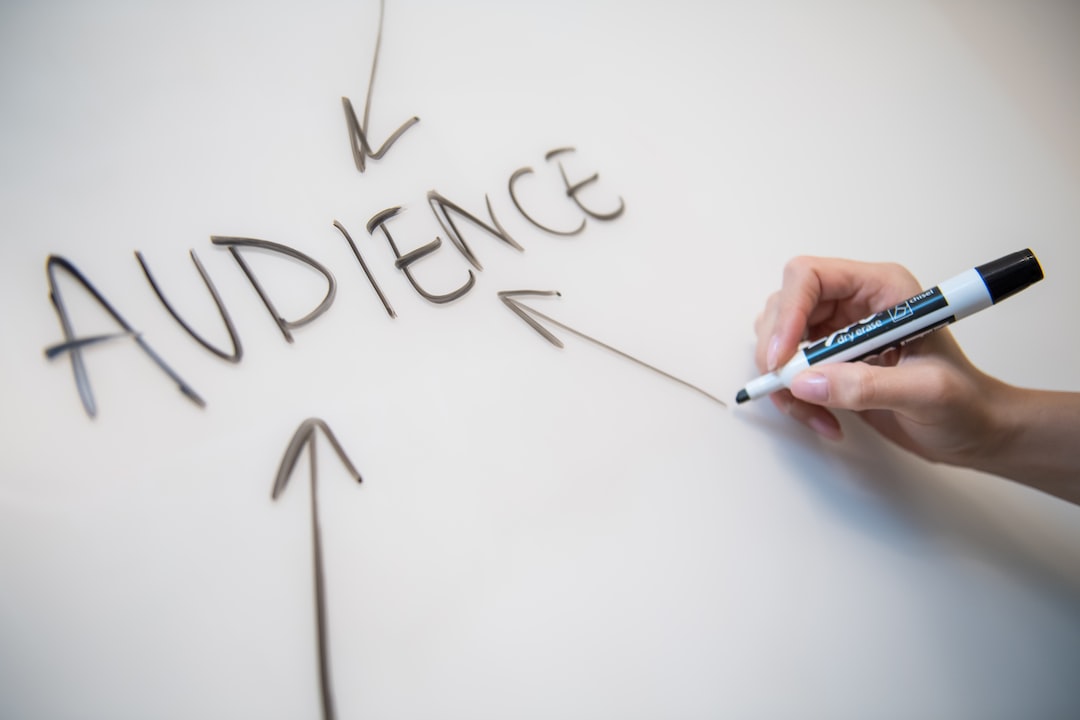Imagine if you will.
Some unknown car company decides to make the best car in the world, so they buy brakes from Porsche, a gearbox from Ferrari, an engine from Koenigsegg, a chassis from Maserati, a body from Rolls Royce and tires from Pirelli.
And management thinks now the supercar is ready for assembly.
It looks impressive to the unsuspecting bystander, but it’s about as useful as a neck massage en route to the guillotine.
It shows that just because we have the best individual components, the fully assembled product may well be a heap of junk.
This also means that just because you have some super high-performing salespeople and a small army of Ivy League marketing MBAs, it doesn’t mean you have effective sales enablement and your business development is flawless.
So, let’s see…
Table of Contents
ToggleWhat the Hangman Sales Enablement?
By definition, sales enablement is…
- As per Highspot: “Sales enablement is a strategic, ongoing process that equips sales teams to have consistently effective engagements with prospects and customers throughout the buyer’s journey.”
- As per SCO Insights: “A strategic, cross-functional discipline designed to increase sales results and productivity by providing integrated content, training and coaching services for salespeople and front-line sales managers along the entire customer’s buying journey, powered by technology.”
- As per IDC: “Getting the right information into the hands of the right sellers at the right time and place, and in the right format, to move a sales opportunity forward.”
Since sales enablement is a new concept, there is no universal definition, but from the definition above we can see, it’s very important.
Just consider that back in the good ol’ 20th century a millennium ago, salespeople were able to drop in on buyers and make sales on the spot.
They can’t do that anymore. In the best case, they only get kicked out of offices, but in the worst case, they can get taught a rather painful lesson not to do it again.
Either way, sellers have to realise that if they want to be successful in today’s marketplace, salespeople have to work with the marketing folks, form an integrated business development team an and hash a wickedly comprehensive business development plan. Then they can start implementing the plan.
One of the great ill-contrived business concepts today is that marketing and sales are two drastically different things.
That marketing folks operate in their nice corner offices undisturbed to create nice logos, fancy colour schemes and jaw-dropping slogans, while salespeople, the dull and non-creative workhorses, slave away in their dingy little cubby holes dialling for dollars and running around knocking on doors to keep the lights on and make sure the marketing folks can get paid.
And what happens at the end of the month, quarter or evaluation time?
Marketing people are celebrated for their amazing creativity, while salespeople get beaten up – again – for their dismal performance.
No one seems to realize that if sales and marketing folks worked together, the company would be exponentially more profitable.
It’s really just the right team work.
Most sales experts doggedly focus on improving individual sales performance, but just think of the famous Budwiser Clydesdale horses where the experts focus on team performance.
While one horse can pull 5,000 lbs of load, a team of four can pull 40-50,000 lbs.
In business, a crack team of 5 business developers can outperform 15 individual salespeople at any time of the day without raising a sweat, while the salespeople are working harder than a convicted kulak in a Siberian Gulag labour camp.
The key is that the crack team uses sales enablement, whereas the salespeople work as randomly-selected 15 individuals based on past performance..
Marketers don’t try to be armchair marketers, but work with the sales folks to integrate field-collected information into their marketing programs.
And this leads us to…
The Main Benefits of Sales Enablement
Sharing Collected Information
Marketing can provide valuable information and insights to salespeople to prepare them for meetings with buyers. This information includes information on buyer’s behaviour, motivating factors, challenges, goals and several other pieces of information to help salespeople to better connect with buyers and giving them the best chance to do business and offer buyers what they really need.
Hint: The difference between what the buyer wants and what she really needs is the real value.
By nature, buyers seek the path of least resistance to a better state, but it can be just a temporary improvement after which the situation can be much worse than it was before.
The patient may want some painkiller, but the doctor, based on a thorough diagnosis, knows that the patient has gangrene, and his leg must be amputated from the knee.
Without the amputation, although the painkiller can bring temporary pain relief, but then the unavoidable permanent pain relief sets in, in the form of a premature visit from the Grim Reaper, which can be bad enough to ruin an otherwise nice day.
Building Deeper Relationships
Salespeople who are more familiar with their buyers’ afflictions and aspirations than their competitors are in better positions to have meaningful conversations with buyers and then have better chances to be selected to do business with.
She doesn’t have to resort to spewing some generic product pitches and hope that her buyers happen to want to buy what she has to sell.
And even before we go to the problem and the possible solution, is this buyer of the right kind of buyer?
Does this buyer fulfill our 5-star criteria?
Remember from my previous article, Why Inbound Marketing Works Better Than Cold Calling, the five stars are…
- The buyer is willing to engage in honest dialogues.
- The buyer is friendly, cooperative and candid during discussions.
- The buyer is clear about what he wants to achieve and is willing to share it.
- The buyer is moving forward on the purchase in the next 4-8 weeks.
- The buyer is considering us to help.
If only one of the above points is missing, then you’d better dump the buyer and move on.
This is why you need a kick-butt lead generation system, so you have so many new incoming inquiries that you can easily abandon inappropriate buyers without worrying about possible financial hardships.
Sales enablement is the key to having all the necessary information your salespeople need to initiate and maintain peer-level (NOT vendor-level) relationships based on mutual trust and respect that have high probability of ending up as high-margin sales.
Deeper Buyer Conversations Create Larger And More Lucrative Deals
Think about traditional buyer-seller conversations. They have the medical equivalent of…
Patient: “Hey Doc, being in my mid-fifties, I think I need some work done on my heart. I’ve talked to some friends and most of them have already had some procedures. I think, I’d like to have one done too.”
Doctor: “That sounds great, Fred. What procedure would you like to have? Angioplasty, bypass surgery or even heart transplant?”
Patient: “Hm. I’m not sure. They all sound interesting.”
Doctor: “You know what? Let me fire up the projector and do a PowerPoint presentation for you. That should make you decision easier.”
You can laugh, but this is how most sales conversations sound like.
The buyer dictates what he wants and the seller writes it all down. Then a few days later, he sends a price quote to the buyer on the completion of the listed tasks.
And with the price list, the buyer goes on a shopping spree and hires the lowest bidder often from the other side of the globe.
But if you start with the five questions we listed in the previous section, you come across as an entity highly differentiated from the competition.
In the inquiry stage, you tell the buyer that if you decide to accept the client in your roster, you’d start with some high-level strategic questions, and then you come down to the tactical level.
And here you can ask questions like…
- What are your objectives with this project [options: installing this system, using this product, having this capability, etc.]?
- How do you expect this project to put money into your company’s piggy bank?
- How do you expect it to improve reputation, morale and your overall brand?
Develop some questions that no one besides the real decision-maker can answer.
At a career seminar that I attended many years ago, Max Eggert said…
“If you start low, you stay low.”
In this case, if you start low in the organizational pecking order to communicate with people, then you stay low and will be treated, in the best case, as a fungible vendor and in the worst case, as an indentured servant.
The business world is riddled with “big hat, no cattle” type companies whose owners want to hire people as contractors to avoid paying payroll taxes and benefits, but want to work them as employees to mistreat them to their hearts’ content.
So, while waiting for the next incoming inquiry, think about what you say after “Hello”.
Easier Stay-In-Touch Process
The more you know about the buyer, the more you can customize and personalize that information which you send her in your stay-in-touch messages.
Sales enablement makes follow-up consistent. And not only consistent in time but consistent in relevancy.
Clients’ situations can change quite a bit, and while marketing is unaware of these changes, salespeople usually know about them. So, they can notify marketing about the required changes that have to be made to make sure the follow-up remains relevant and properly customized.
Yes, on the side of marketing, fresh data and appropriate analytics can help guide the conversation and gently drive buyers towards the decision-making point, but with regular input from the salesforce, this guidance can be much more accurate.
How To Select A Good Sales Enablement Platform
Sales enablement can make an already pretty complex system even more complex because it has to present meaningful information both to sales reps and marketing people.
- The kind of CRM integration that makes it possible to equip sales folks with all the key information they need to do their work.
- To give access to content developers to create the type of content that salespeople need at certain stages of the buying process.
- The ability to make audio and video follow-up pieces.
- A system that allows interactivity between buyers and salespeople.
- An interactive platform that allows bidirectional communication.
- A system that allows your content to be in context.
- A system that is mobile-ready.
- A system that can deliver properly structured online training programs.
- A system that allows for ongoing learning.
Conclusion
A company without the right sales enablement is like a car with the best GPS system and the most powerful engine but without a competent driver. It can’t get anywhere and can’t achieve anything.
No matter how good your marketing is if it doesn’t result in new sales that keep the company in business.
Of course, if you have business like Bombardier in Canada or General Motors in The US that are propped up by frequent and significant cash injections from the government, that’s different.
But I have a sneaking suspicion you have a proper entrepreneurial business that operates without a safety net, so you need sales to stay in business.
And it starts with uniting your sales and marketing teams and have them work together for a common goal.
Yes, it’s not easy to pull it off, but this is the only way you can keep your business profitable, that is, in business.











